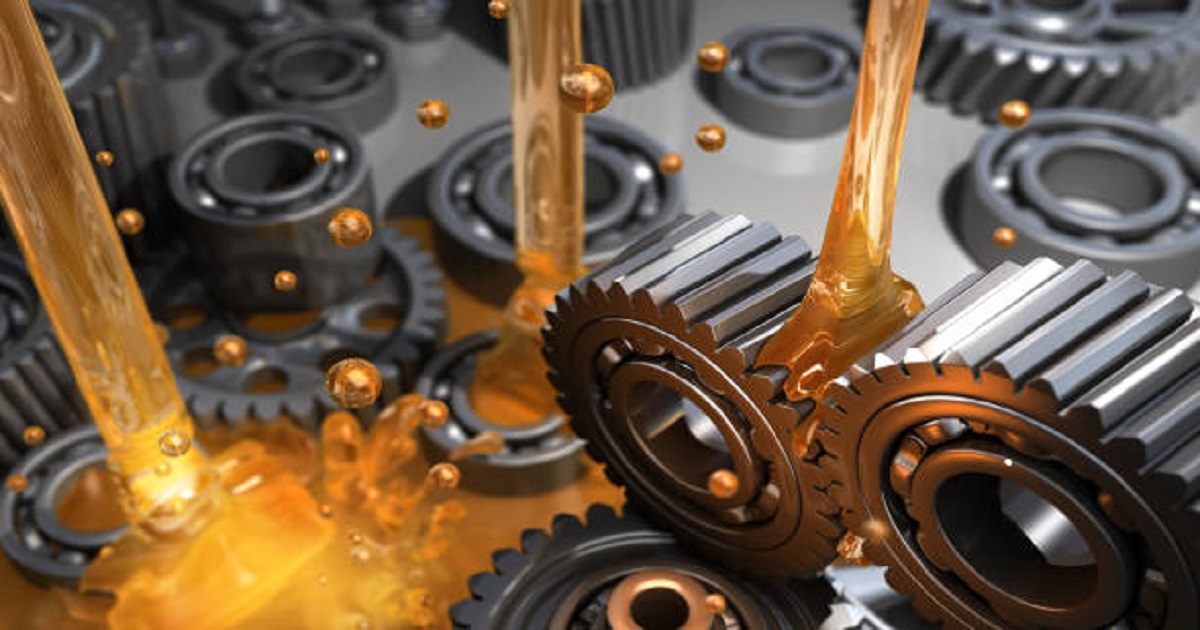- 2.5Impact Factor
- 5.5CiteScore
- 20 daysTime to First Decision
Friction and Lubrication Properties of Drive Train Equipment
This special issue belongs to the section “Mechanical Engineering“.
Special Issue Information
Dear Colleagues,
According to incomplete statistics, about 80% of the failure of mechanical parts is caused by wear, and more than 50% of the malignant accidents of mechanical equipment originate from lubrication failure and excessive wear. The friction and lubrication performance and control of friction pairs have become the bottleneck of the development of high-end equipment transmission systems. Revealing the failure mechanism of friction pairs under special working conditions, the evolution law of tribological properties, the transient thermal contact lubrication behavior, and the mapping relationship between macro/micro multi-scale parameters and tribological properties are important prerequisites for grasping the friction failure of transmission system contact pairs. The important ways to improve the working performance and service life of the transmission system are to develop new antifriction and wear-resistant materials, develop high-performance lubricants with a wide temperature range, put forward efficient and reliable friction and wear prediction methods and control technologies, and improve the active design theory and method of key basic components in tribology. Advanced testing technologies and evaluation methods for tribological performance of material level, component level, and complete machine will contribute to the quantitative evaluation of friction and wear of transmission systems and ensure the safe and reliable operation of high-end equipment. AI tribology, friction dynamics coupling problems, and multidisciplinary solutions including tribology are attracting more and more interest in the research community.
In this Special Issue, we invite contributors to discuss cutting-edge research and the latest progress in the field of tribology of high-end equipment transmission systems. Both theoretical and experimental studies are welcome, as well as comprehensive review and survey papers.
Dr. Guangwu Zhou
Guest Editor
Manuscript Submission Information
Manuscripts should be submitted online at www.mdpi.com by registering and logging in to this website. Once you are registered, click here to go to the submission form. Manuscripts can be submitted until the deadline. All submissions that pass pre-check are peer-reviewed. Accepted papers will be published continuously in the journal (as soon as accepted) and will be listed together on the special issue website. Research articles, review articles as well as short communications are invited. For planned papers, a title and short abstract (about 250 words) can be sent to the Editorial Office for assessment.
Submitted manuscripts should not have been published previously, nor be under consideration for publication elsewhere (except conference proceedings papers). All manuscripts are thoroughly refereed through a single-blind peer-review process. A guide for authors and other relevant information for submission of manuscripts is available on the Instructions for Authors page. Applied Sciences is an international peer-reviewed open access semimonthly journal published by MDPI.
Please visit the Instructions for Authors page before submitting a manuscript. The Article Processing Charge (APC) for publication in this open access journal is 2400 CHF (Swiss Francs). Submitted papers should be well formatted and use good English. Authors may use MDPI's English editing service prior to publication or during author revisions.

Benefits of Publishing in a Special Issue
- Ease of navigation: Grouping papers by topic helps scholars navigate broad scope journals more efficiently.
- Greater discoverability: Special Issues support the reach and impact of scientific research. Articles in Special Issues are more discoverable and cited more frequently.
- Expansion of research network: Special Issues facilitate connections among authors, fostering scientific collaborations.
- External promotion: Articles in Special Issues are often promoted through the journal's social media, increasing their visibility.
- e-Book format: Special Issues with more than 10 articles can be published as dedicated e-books, ensuring wide and rapid dissemination.

